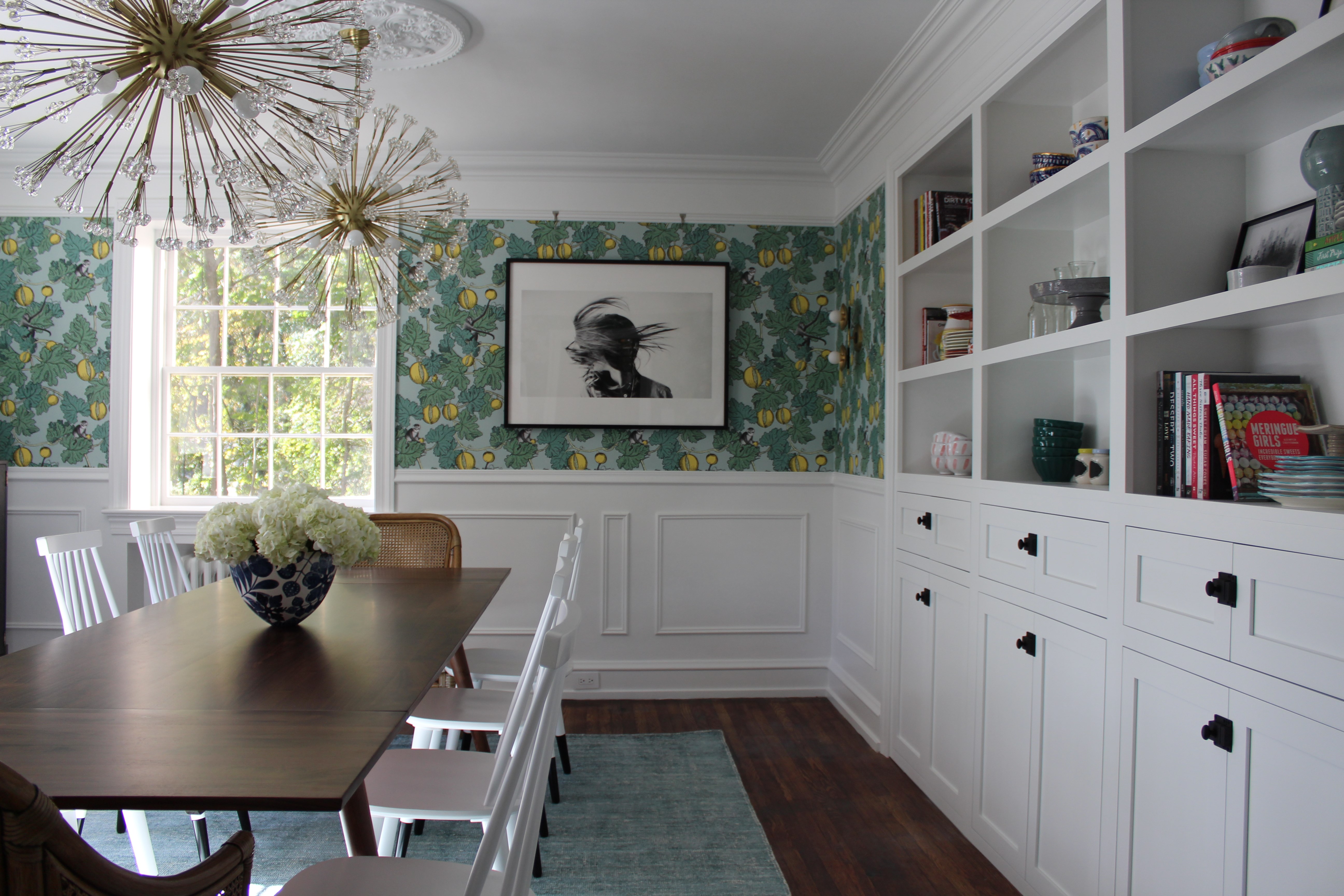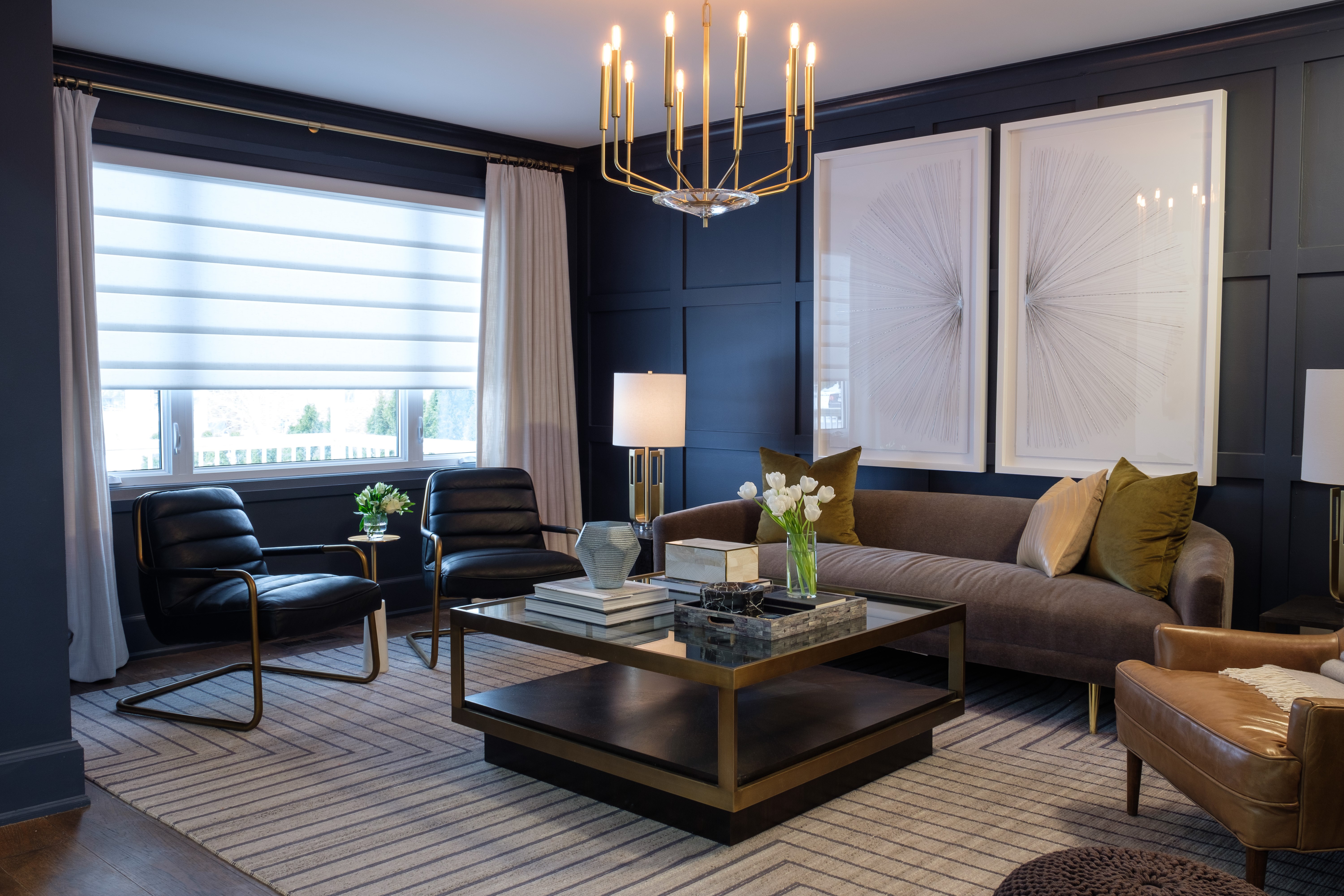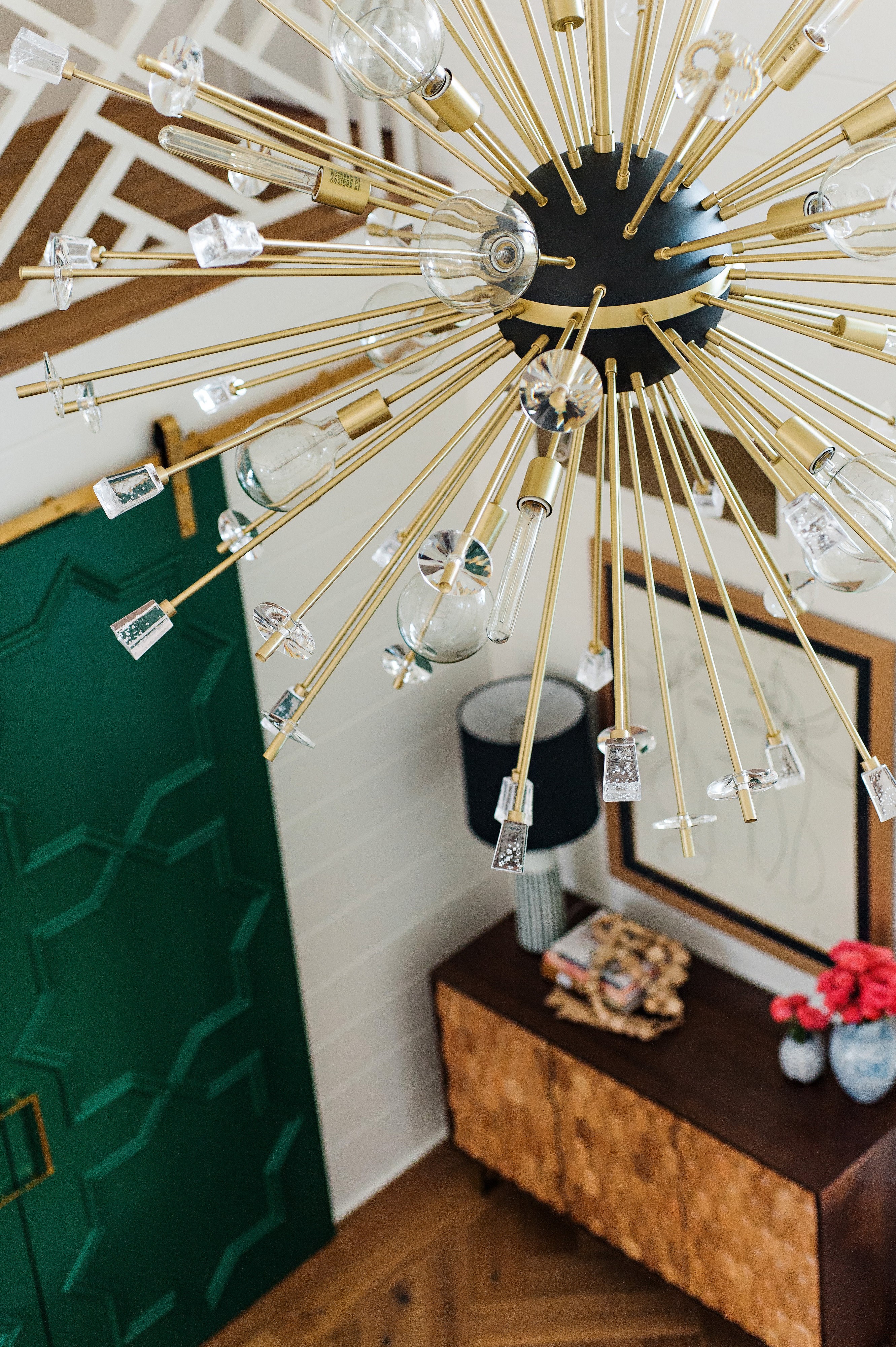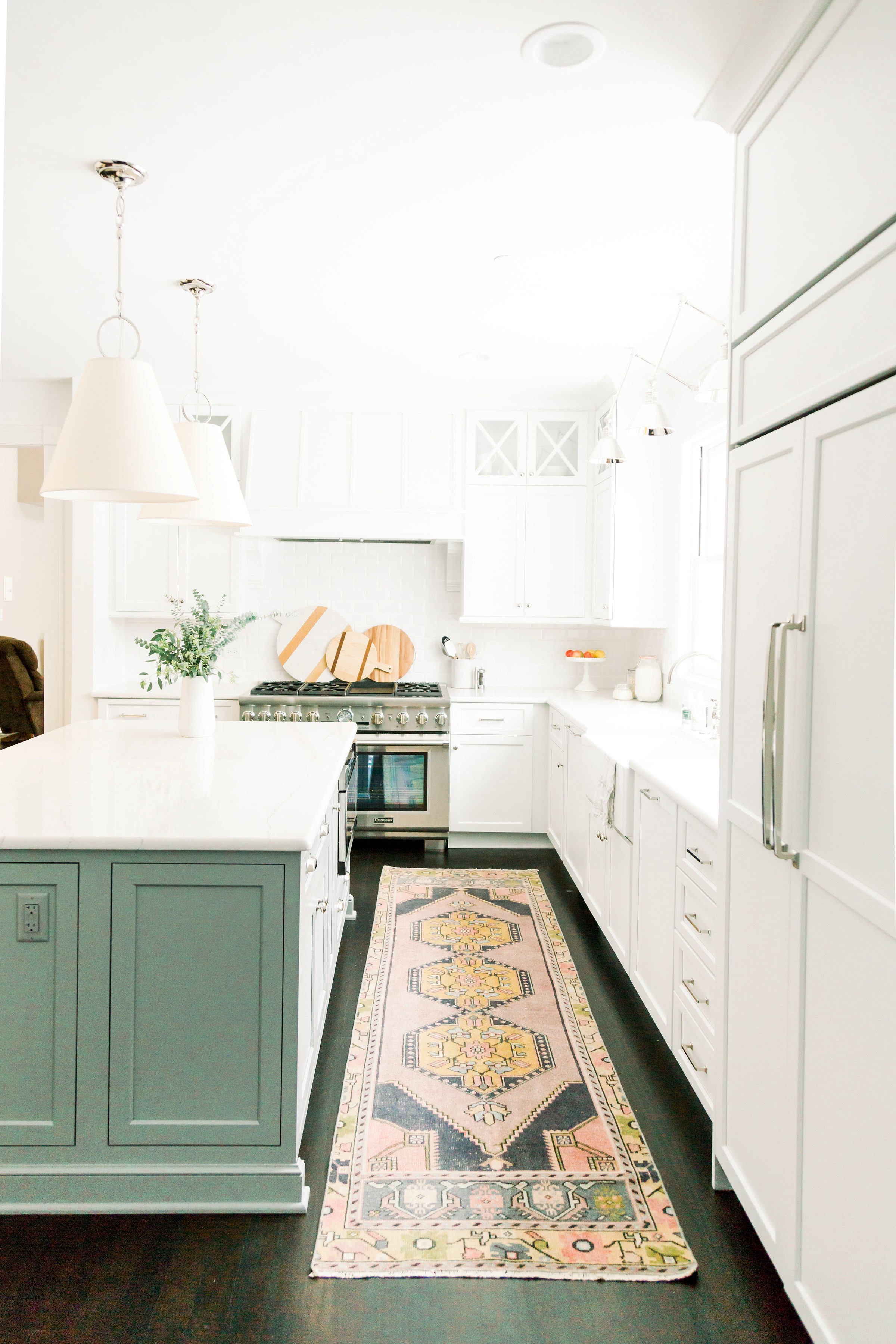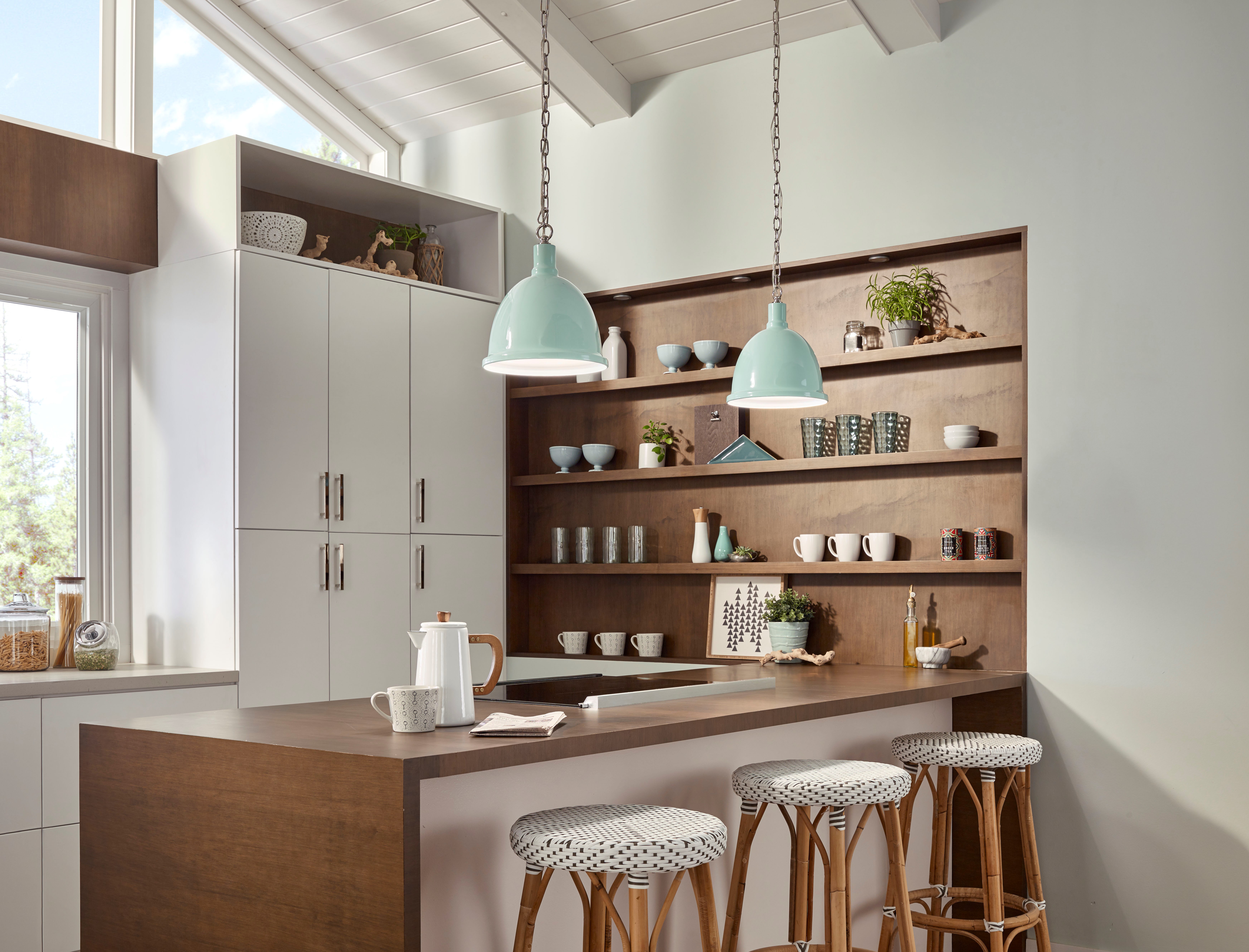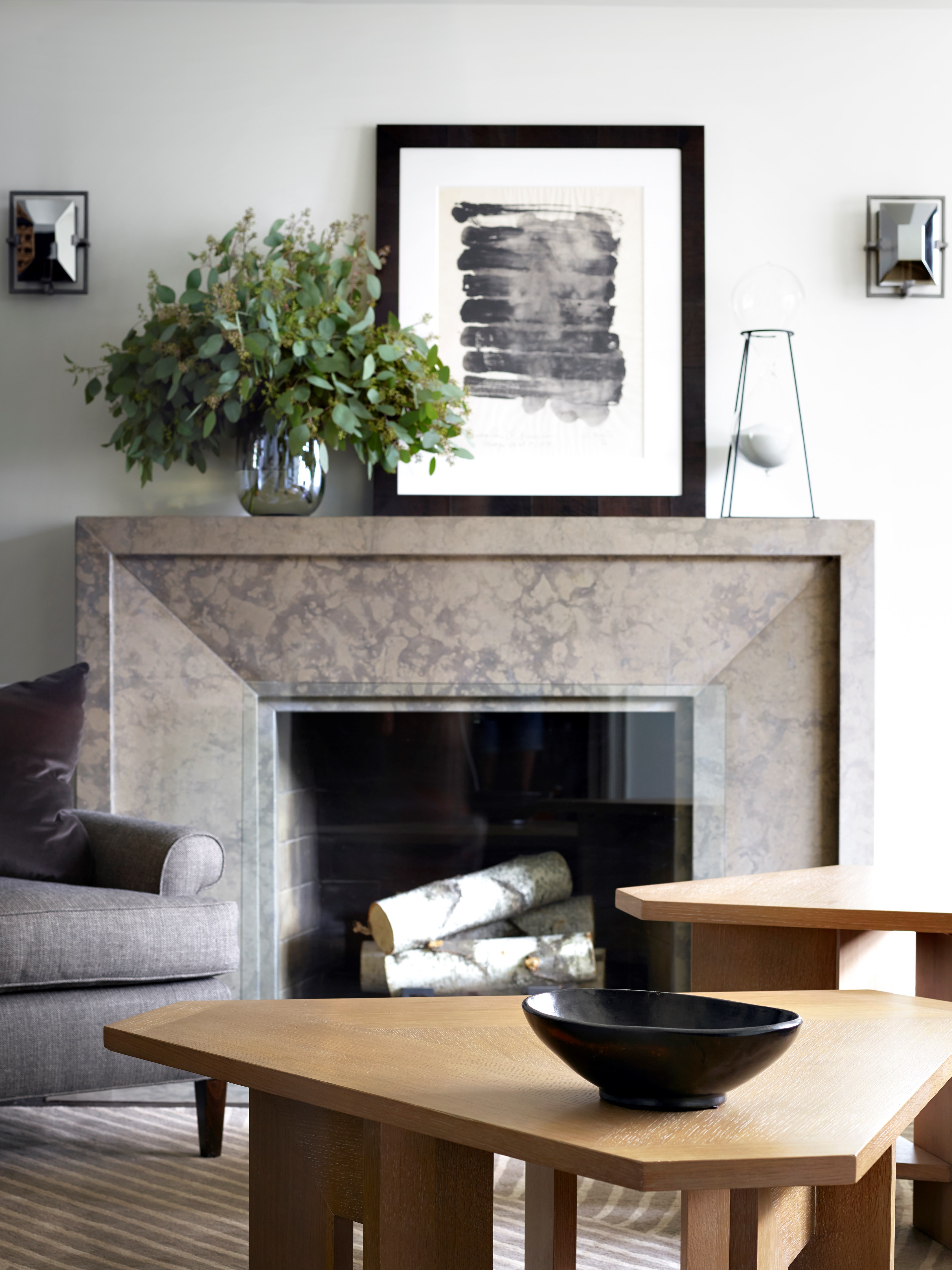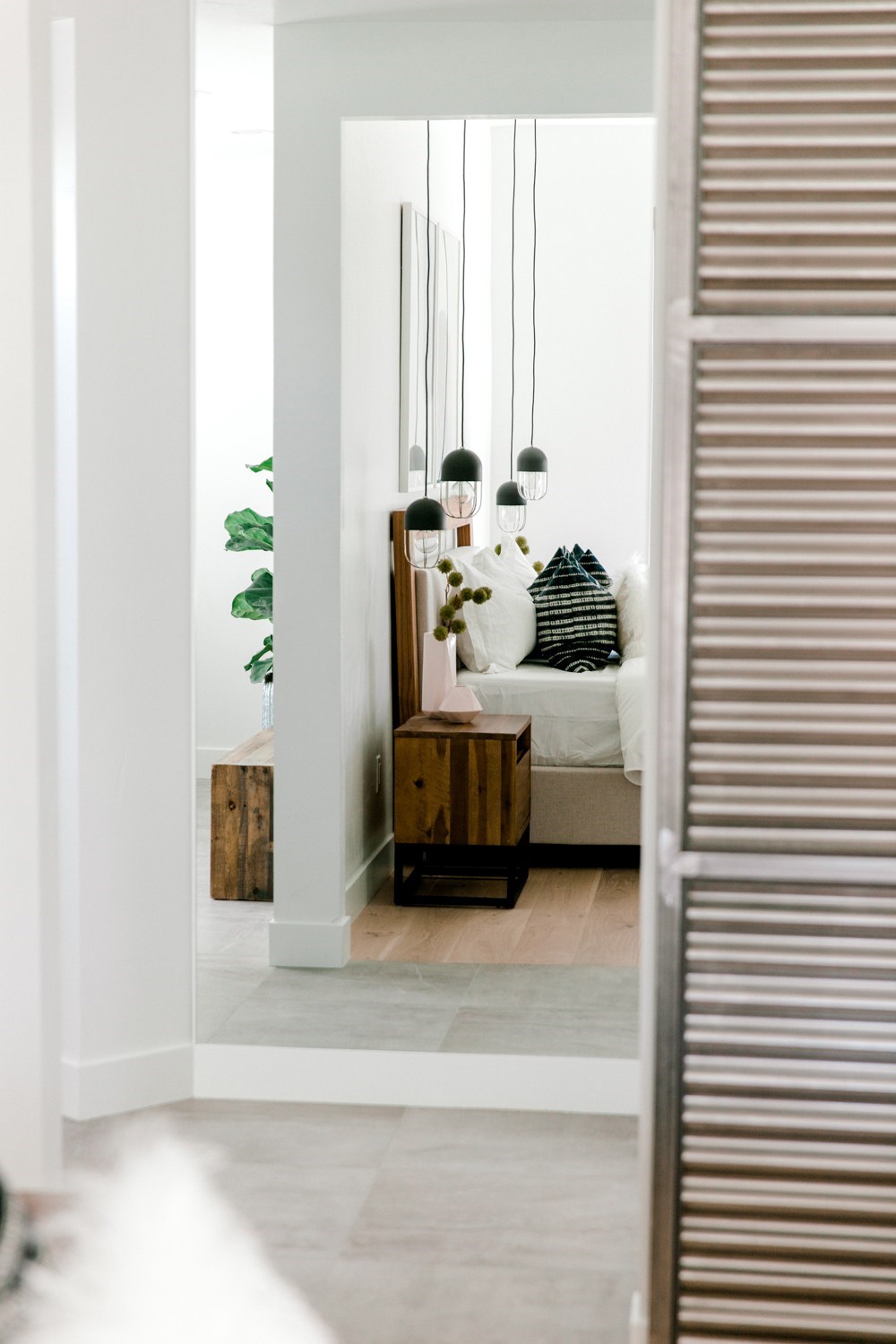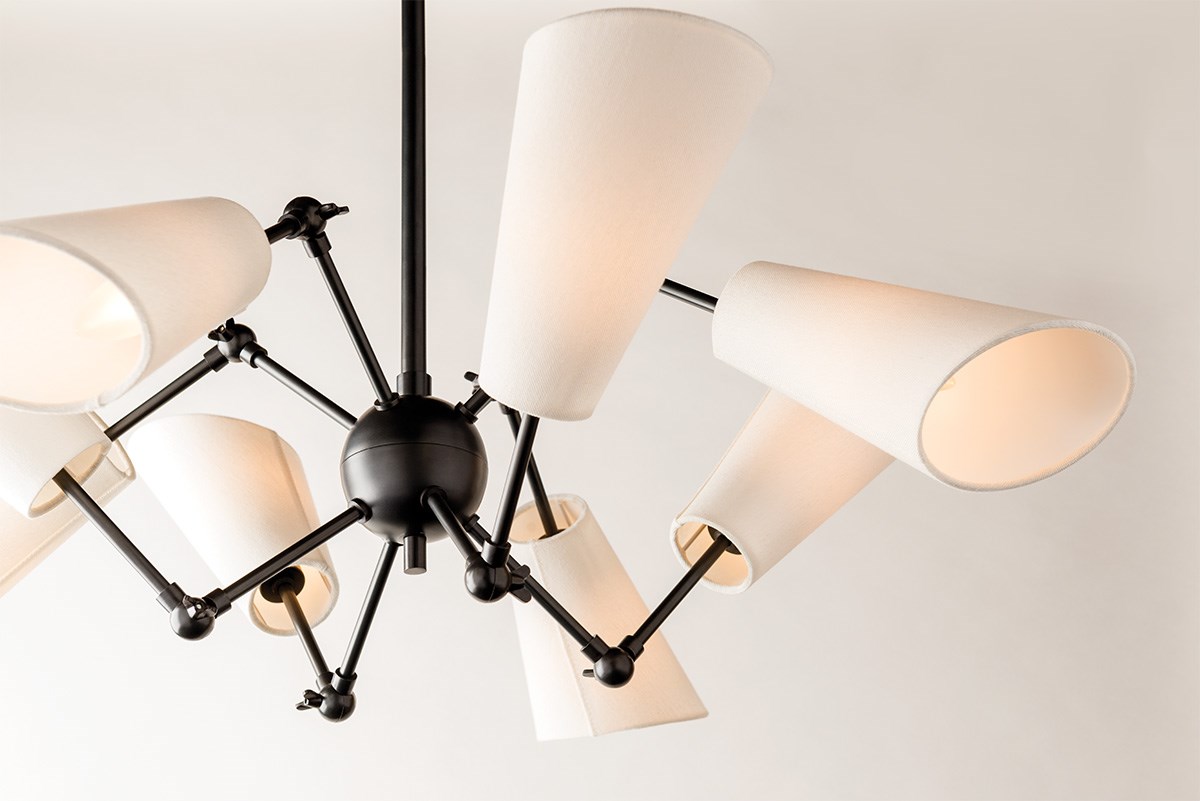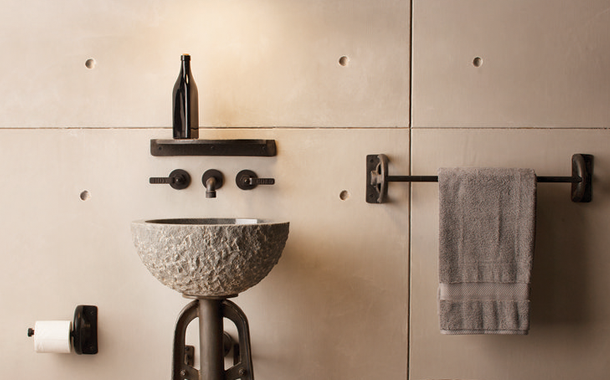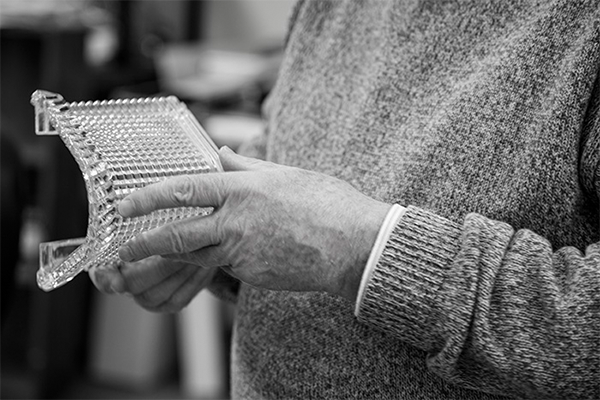In our Lighting Essentials guide, the first thing we discuss are the three layers of light.
It's essential to a lighting plan, which is maybe why it's the first page of guide called Lighting Essentials.
One might even say that without considering the various layers of light, what purposes they will serve, and consequently where the fixtures generating them need to go, there is no plan.
We've talked about them in previous posts, but, as we ready Volume 3 of our Lighting Essentials, it seemed to us it was high time to devote an entire post to them. We hope you find it useful.


